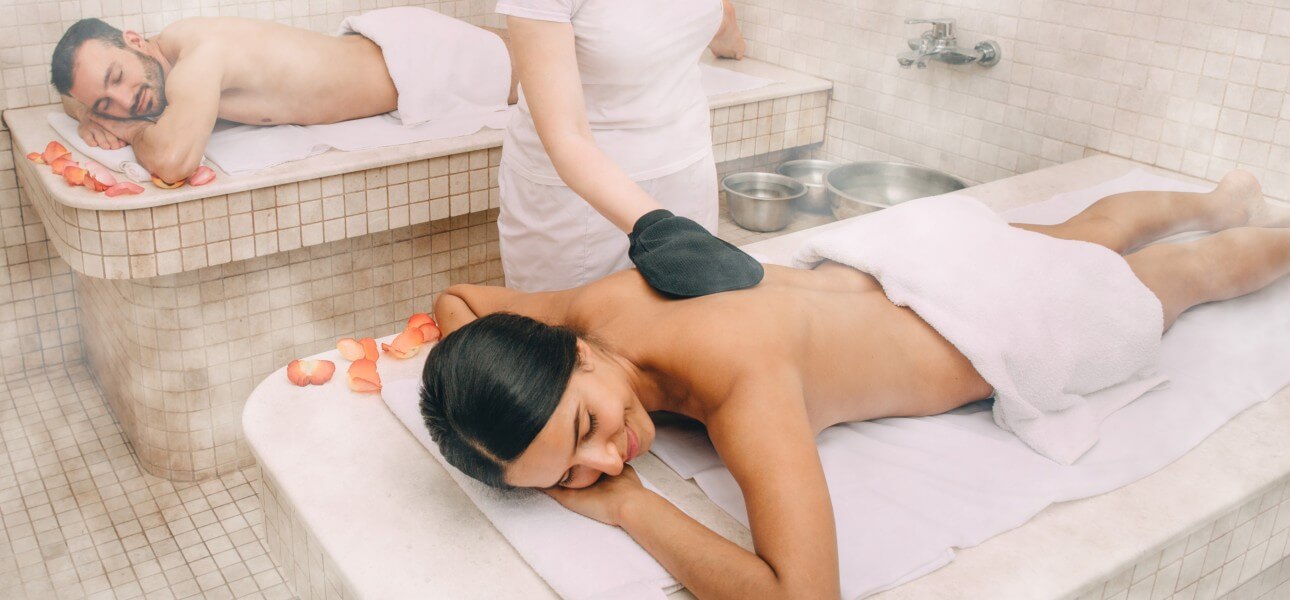Turkish Baths: A Traditional Delight

Turkish baths, a legacy of thousands of years, not only cleanse the body but also rejuvenate the soul. Since ancient times, Turkish bath culture has played a significant role as a center for health and social interaction. In this article, we'll explore everything from the origins of Turkish baths to their benefits.
The Traditional Turkish Bath Experience
A traditional Turkish bath is a perfect blend of heat, humidity, and rituals. It typically begins in a room with high temperatures designed to make the body sweat and open the pores. Then, a bath attendant or "tellak" thoroughly washes the client's body with traditional soap, usually made from olive oil, which nourishes the skin.
Next, various services such as body massage and foam massage can be enjoyed. Massages are highly effective in relaxing muscles and improving circulation. The foam massage, performed with a foam pouch, is a traditional Turkish bath ritual aimed at cleansing the skin and providing freshness.
Health Benefits of Turkish Baths
The health benefits of Turkish baths are numerous. Firstly, the balance of temperature and humidity in the bath helps to deeply cleanse the skin and open the pores, leaving it soft, radiant, and rejuvenated.
Additionally, massages in the bath help reduce stress and relax muscles. Regular visits to the bath can improve your mood and contribute to your overall health.
Best Turkish Bath Experiences
There are many excellent baths throughout Turkey, but some stand out more than others. In Istanbul, Çemberlitaş Hamamı and Süleymaniye Hamamı are known for their traditional architecture and luxurious services. In Antalya, places like Kesik Minare Hamamı and Çırağan Palace Kempinski Spa stand out for their stunning views and luxurious atmosphere.
There are also many traditional baths in other regions of Anatolia. Especially the underground baths in the Cappadocia region offer a unique experience.
Similar Articles
Check out our other articles




